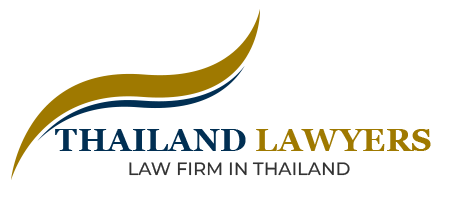Before proceeding with the transfer of a property, it is important to understand the different types of title deeds in Thailand. There are four main types: Nor Sor Sam, Chanote, Sor Kor Nung, and Possessory right. The purpose of this article is to help you understand these types of titles and how they affect your property.
Types of Title Deeds in Thailand
Nor Sor Sam
In Thailand, a Nor Sor Sam is a type of land title deed. This document is issued after neighbors have confirmed ownership of the land. Although this makes checking who owns what difficult, it’s the most common type of land title in Thailand. Nor Sor Sam differs from other types of land titles, such as a Chanote or a Gor.
Thai title deeds and Thai Chanotes are important documents for real estate ownership in Thailand. Only these documents can be accepted as mortgage collateral by Thai banks. These documents show the name of the current owner, the plot boundaries, and previous owners. They can also tell if a property has been used as collateral for loans or leased in the past.
Chanote
When you buy a property in Thailand, you must be prepared for the Title Deed Transfer Process. It involves a few important steps. First, you must obtain a Foreign Exchange Transaction form from a Thai bank. This document is required by the Department of Land in Thailand and proves that you have transferred funds from overseas. Next, you must obtain a ‘foreign quota certificate’ or ‘debt-free certificate’, which may take up to 15 days to process. This can be obtained at the Land Office, which is located in the same district as the Chanote district.
The Land Department issues six main title documents for individual use. These documents include the right to mortgage, sell, lease, and transfer the land. They also contain the history of relevant transactions and descriptions. These are the most common forms of land ownership in Thailand, although not the same as real title deeds.
Sor Kor Nung
A Sor Kor Nung (Title Deed) is a legal notification of landownership that gives the landowner the right to cultivate, sell, lease, or give a loan against the land. This certificate may be transferred to a new owner by selling it or through inheritance. If the landowner wishes to change the status of their land, they can apply for a Nor status (Land Ownership Change). In Thailand, Sor Kor Nung is most commonly transferred through inheritance or succession.
This document gives the owner ownership and use rights to the land but does not allow for boundary disputes. While this document is not perfect, it does confirm the rights of the land owner to use, sell, and register land rights against the land.
Possessory Right
Possessory rights are a legal status that a foreigner can have over a piece of land in Thailand. These rights are not recognized by the Department of Land Office, so they are only recognized when the foreigner pays taxes at the Local Administrative Office. These rights cannot be transferred, sold, mortgaged, leased, or rented. Possessory rights also have many legal complexities, which is why they are considered the least preferred title.
Possessory rights are often inherited and are the weakest of the land rights. In some parts of Thailand, full land deeds have been issued. These documents contain restrictions on the sale or encumbrance of a piece of land within a set amount of time.
The Title Deed Transfer Process in Thailand
Transferring a title deed in Thailand is a meticulous process that requires careful attention to legal details. Here’s a step-by-step guide to help you navigate through it:
1. Due Diligence:
Before initiating the transfer process, conduct a thorough due diligence to verify the property’s legal status, ensure there are no encumbrances, and confirm the seller’s rightful ownership.
2. Sales Agreement:
Draft a sales agreement outlining the terms and conditions of the sale, including the price, payment schedule, and any other relevant details. Both parties should review and sign the agreement.
3. Deposit Payment:
The buyer is usually required to pay a deposit to secure the property, which is typically 10% of the total sale price.
4. Obtain Necessary Documents:
The seller must provide all necessary documents, including the title deed, house registration book, and identification cards. If the seller is a foreigner, their passport and visa are also required.
5. Property Inspection:
Conduct a thorough inspection of the property to ensure it is in the agreed-upon condition.
6. Final Payment and Transfer at the Land Office:
On the agreed-upon transfer date, both parties should visit the local Land Office to finalize the transaction. The buyer must pay the remaining balance, and the Land Office will officially transfer the title deed to the buyer’s name.
7. Pay Taxes and Fees:
Various taxes and fees are applicable during the transfer process, including transfer fees, stamp duty, withholding tax, and specific business tax. Ensure all dues are cleared.
8. Update House Registration Book:
After the transfer, update the house registration book (Tabien Baan) to reflect the new ownership.
Conclusion
Understanding the title deed transfer process and the various types of title deeds in Thailand is paramount for a successful property transaction. Seeking legal advice and ensuring all steps are meticulously followed can lead to a smooth and secure property ownership experience in Thailand.

